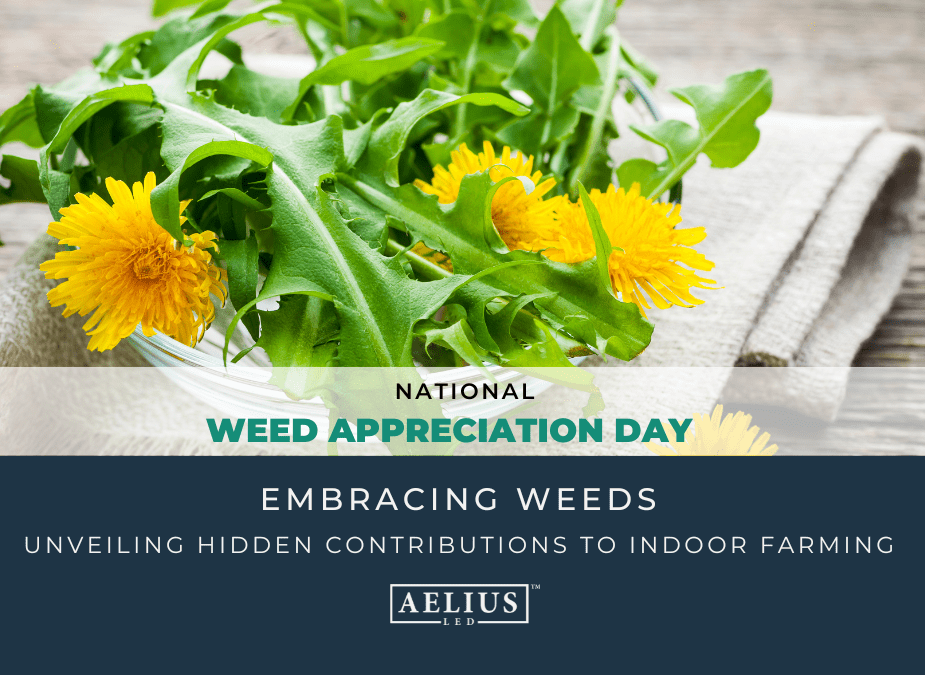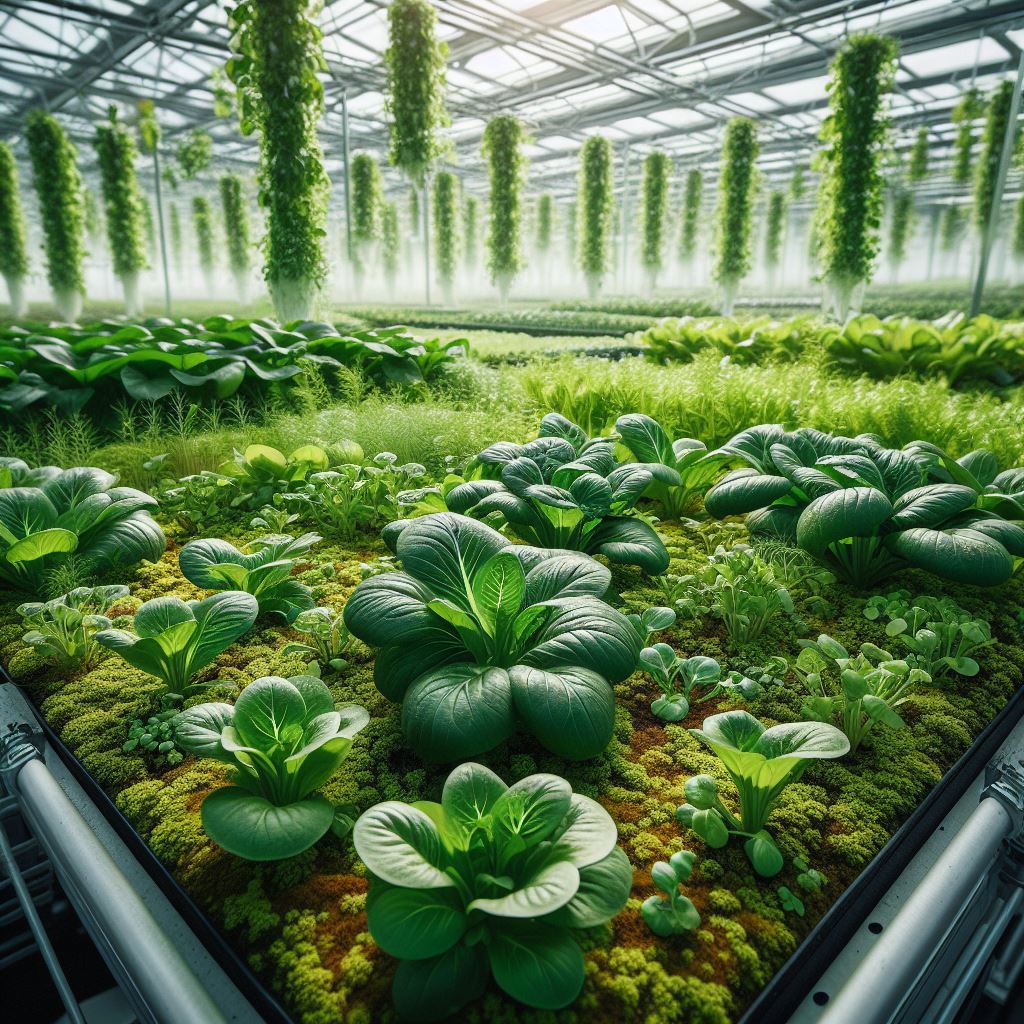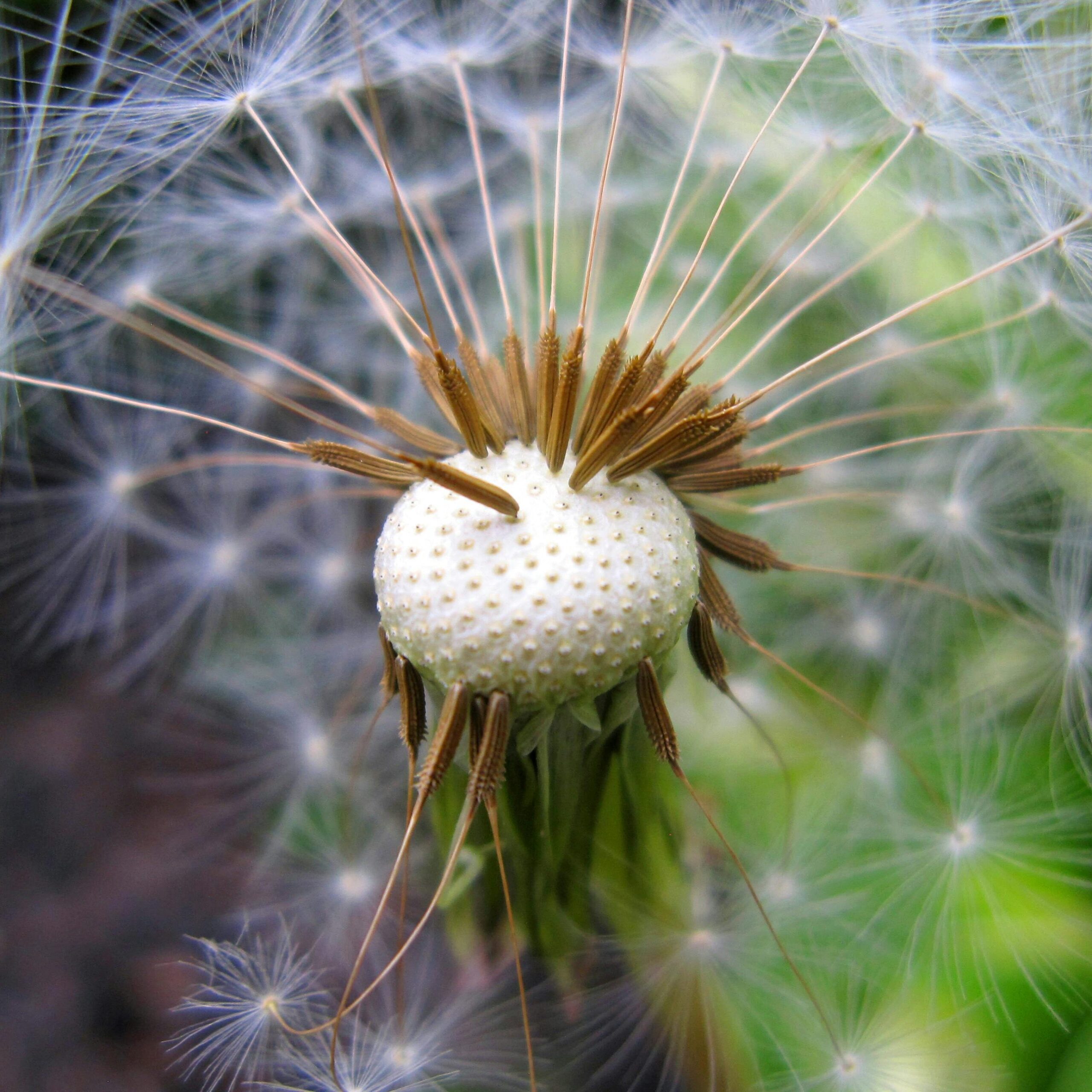

Embracing Weeds: Unveiling Their Hidden Contributions to Indoor Farming
In the realm of agriculture, weeds have long been regarded as the arch-nemesis of crop cultivation. They attack fields, compete for resources, and can slow the growth of desired plants. As we dig deeper into the intricacies of indoor farming, however, we begin to see a shift is occurring. Weeds, once deemed challengers, are now being recognized for their potential contributions to indoor agricultural systems. In honour of National Weed Appreciation Day, let’s explore the possible benefits of weeds and their significance in indoor farming environments.


Just A Reminder: Not all weeds are created equal!
There are certain invasive weeds that should be avoided at all costs since they are not native to the area and will out-compete native flora if released to outdoor environments. Research native and invasive weeds in your region to prevent spread.
Biodiversity and Ecological Balance:
Weeds play an important role in biodiversity and ecological balance, even within the boundaries of indoor farming facilities. Incorporating weeds into indoor farming environments can help create microcosms of biodiversity, fostering natural pest control, and possibly reducing the reliance on chemical interventions. Additionally, the presence of weeds can enhance soil health by promoting microbial activity and organic matter decomposition, further enriching the growing medium for cultivated crops.


Nutrient Cycling and Soil Health:
One of the most significant contributions of weeds lies in their role in nutrient cycling and soil health. Weeds often possess deep root systems that can access nutrients present in the substrate, scavenging and recycling essential elements for plant growth.
In integrated indoor farming systems, where the principles of circular economy are paramount, weeds can serve as valuable contributors to nutrient cycling processes, providing more of the nutrients that your primary crop uses that are otherwise unavailable. Through natural processes such as decomposition and mineralization, weeds release nutrients back into the growing medium, enriching the soil and promoting sustainable crop production.
Ground Cover:
Some weeds, often referred to as cover crops, are extremely beneficial to soil health. Most provide ground cover, vastly reducing the evaporation of water from the soil. Every cover crop has a different purpose, for example, some excel at fixing atmospheric nitrogen into a form that is available for use by the crop, while others provide optimal ground cover keeping your soil and crop healthy. The best way to select the right cover crop is to identify your specific goal for soil improvement and growing conditions and select the cover crop, or cover crop mixture, that is right for your farm.
Not keen on adding weeds to your indoor farm? Find Inspiration in their resilience!
Beyond their practical contributions, weeds can also serve as a source of inspiration and innovation in indoor farming practices. Studying the adaptive strategies employed by weeds to thrive in challenging environments can form the basis of resilient crop varieties and cultivation techniques tailored for indoor settings.
By embracing the resourcefulness of weeds, indoor farmers can unlock new avenues for sustainable agriculture and cultivate a deeper understanding of ecosystem dynamics within controlled environments.
From being viewed as nuisances to being recognized as valuable contributors to agricultural sustainability, weeds are poised to play an increasingly integral role in shaping the future of indoor farming.


HAPPY NATIONAL WEED APPRECIATION DAY #AELIUSFAM
“National Weed Appreciation Day on March 28th each year reminds us that some weeds are beneficial to us and our ecosystem. Humans have used weeds for food and herbs for much of recorded history. Some are edible and nutritious, while other weeds have medicinal value.”




